Historic hardware: 1965 Fender Electric XII
A rare sparkling vintage - the Big F's 12-string
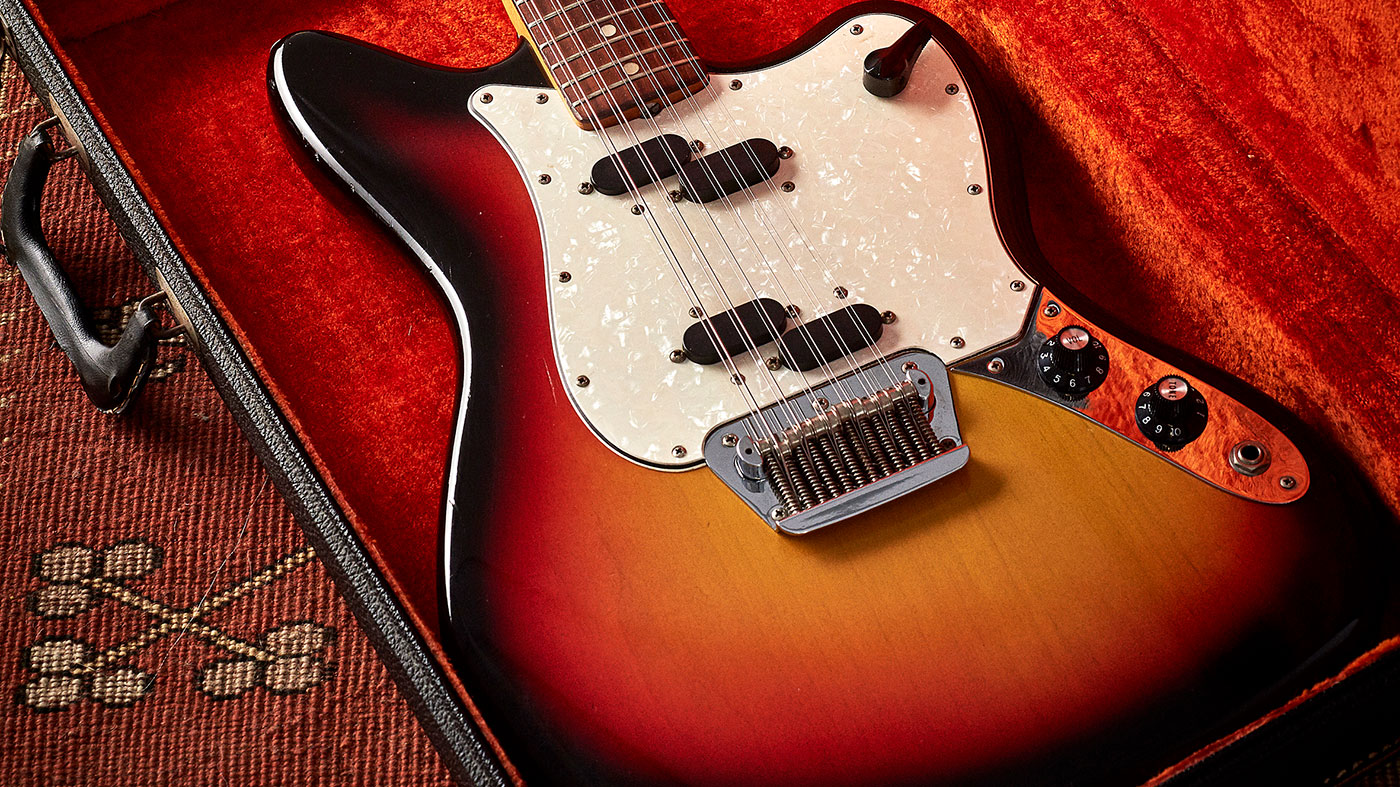
We dive into the sparkling waters of the 12-string, from Delta Blues to The Beach Boys, with one of Fender’s lesser known classic guitars…
Owning a 12-string is on many a guitarist’s bucket list. Meanwhile, being able to play a 12-string well is like adding another string (or six) to your bow. Popular with solo performers and bands alike, they can also make an excellent addition to any studio, adding shimmer and depth to rhythm parts as well as filling out lead lines with a natural chorus effect. It’s uncommon to find a guitarist who plays 12-strings exclusively, although some players are perhaps better known for their association with them, such as folk musician Fred Gerlach whose album title Twelve-String Guitar left no one guessing about his instrument of choice!
In the early 60s, the popularity of 12-string acoustics gathered momentum as they became a regular sight on the folk-music revival scene
Twelve-string acoustic guitars appeared on sale in catalogues at the turn of the 19th century and were adopted as inexpensive folk and blues instruments, finding notable favour with some of the early blues players such as Blind Willie McTell and Lonnie Johnson, as well as Leadbelly - who released King of the 12-String Guitar - who often played a large Stella model.
In the 1950s and early 60s, the popularity of 12-string acoustics gathered momentum as they became a regular sight on the folk-music revival scene of beatnik coffee shops, college parties and festivals.
Many of these singer-songwriter artists, such as Woody Guthrie, Joan Baez and Bob Dylan, were lyrically outspoken with respect to their political opinions and took active roles in civil rights, social justice and peace movements (with Dylan begrudgingly heralded as “the voice of his generation”), attracting widespread kudos and furthering folk music’s influence on the burgeoning guitar craze in the process.
There was no getting around the fact that amplified guitar music was slowly but surely becoming more of a rule than the exception with attendances at musical performances increasing exponentially as the 60s progressed. And so guitar and amp builders continued to explore new designs in an attempt to supply an apparent demand for a seemingly evermore evolving instrument.
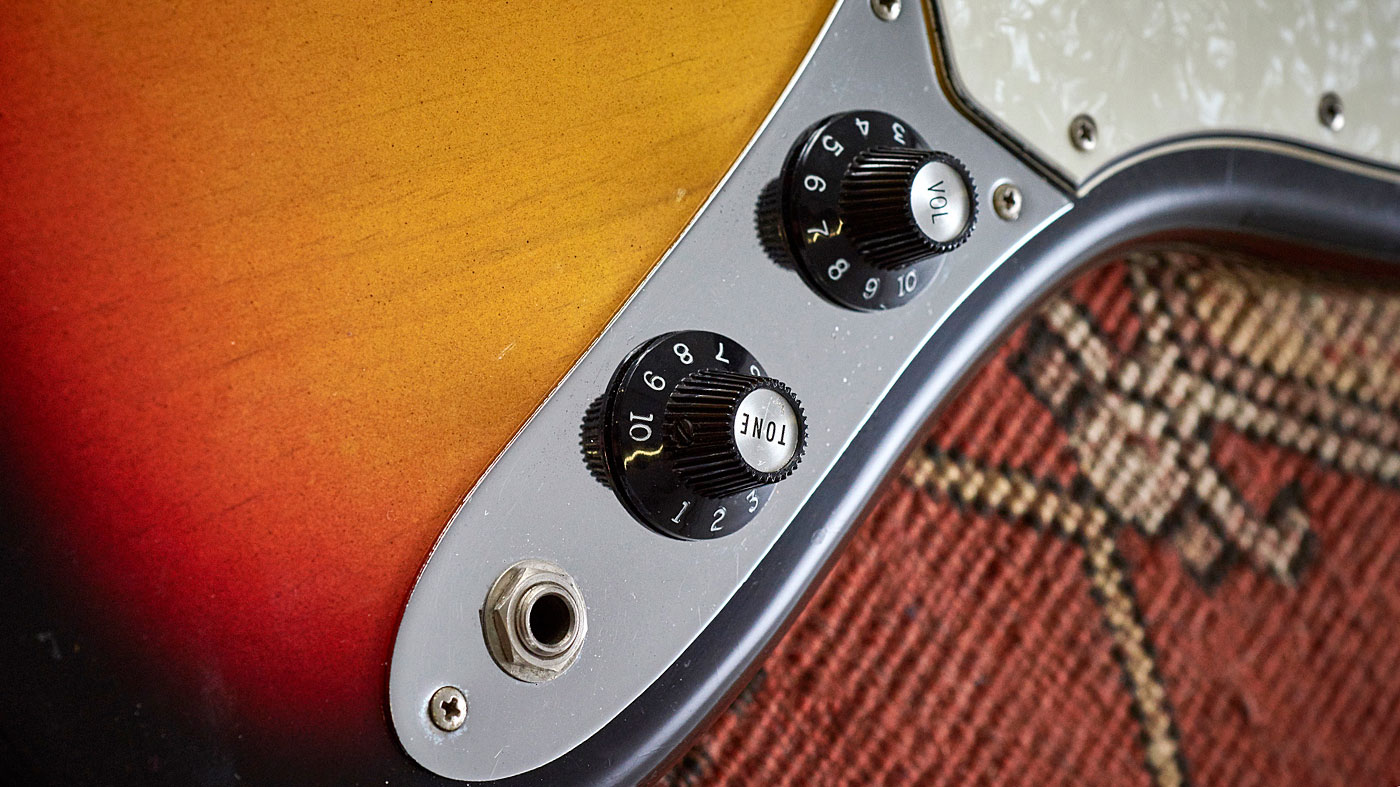
Going electric
Before too long the 12-string acoustic was winning the hearts and minds of guitarists everywhere.
Get the MusicRadar Newsletter
Want all the hottest music and gear news, reviews, deals, features and more, direct to your inbox? Sign up here.
Having witnessed the potential of Rickenbacker’s 360-12 in the hands of George Harrison, Fender quickly responded with its own 12-string
Although it’s fair to say that Danelectro’s Bellzouki and Gibson’s EDS-1275 Double 12 pipped Rickenbacker to the post in the race for the first electric 12-string several years in advance, the Rickenbacker brand ultimately proved to be far more successful in the long run.
Having managed to win George Harrison over while on a visit to New York in 1964 with a prototype 360-12 model, Rickenbacker would later that year find their guitar famously appearing on screen with George in The Beatles’ film A Hard Day’s Night and demand for electric 12-strings rapidly soared.
Having witnessed the potential of Rickenbacker’s 360-12 in the hands of George Harrison, Fender quickly responded with its own version of an electric 12-string guitar, the Electric XII, released in June 1965. Fender’s timing was fortunate, if not impeccable. 1965 was something of a golden year for the electric 12-string as that unmistakable intro featuring George Harrison’s 360-12 in Ticket to Ride drifted across the Atlantic, hitting the number-one spot on both sides.
Meanwhile The Byrds’ Roger McGuinn - having taken a leaf out of George’s book - had also acquired himself a Rickenbacker 360-12 and chimed in with his own electric 12-string sound on their 1965 hits Turn! Turn! Turn! and Mr. Tambourine Man.
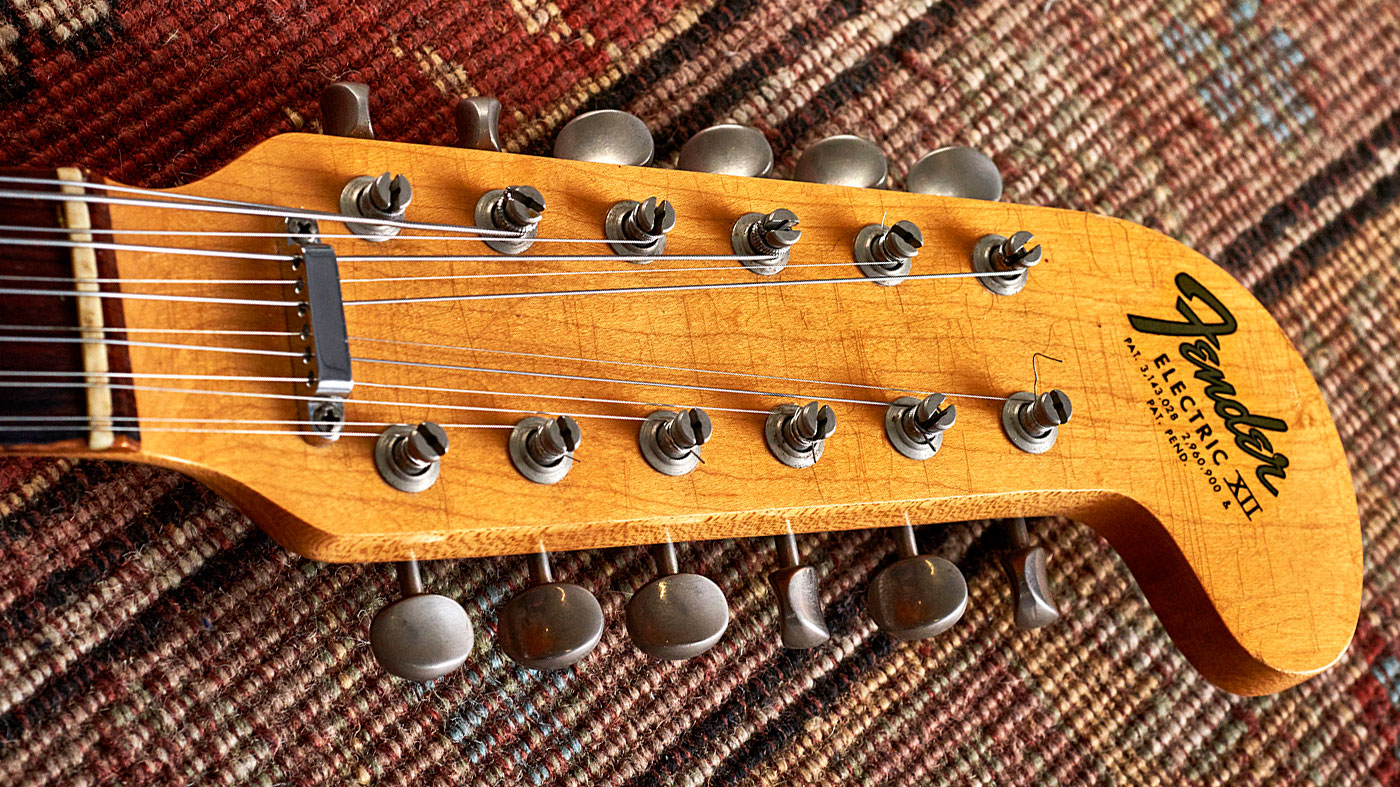
Round the bend
Broadly following the contours of Fender’s top-of-the-line Jaguar and Jazzmaster guitars along with the Bass VI and Jazz Bass, the Electric XII had a similarly curvaceous offset body shape and featured a double cutaway alder body with rib and forearm contouring. It was also finished in sunburst as standard with the option of various custom colours.
Sporting a one-piece maple neck and a rosewood fingerboard with 21 frets, a radius of 7¼ inches and a nut width of 15/8 inches, the Electric XII’s scale length measured 25½ inches from bridge saddle to nut (as per the Stratocaster, Telecaster and Jazzmaster). Much like the upmarket Jaguar and Jazzmaster models, single neck binding appeared later in 1965, while block fretboard markers replaced the original pearloid dot type in 1966.
The most striking feature - its extended, curved ‘hockey stick’ headstock was also seen on Fender’s Shenandoah and Villager acoustics
Perhaps the most striking feature of all was its extended, curved ‘hockey stick’ headstock as also seen on Fender’s Shenandoah and Villager 12-string acoustics (also released in 1965). The larger design enabled six individual tuners to be arranged on either side, with the string break angle for those tuners further away from the nut being assisted by a horizontal guide.
At the other end of the string, a 12-saddle string-through-body bridge enabled as tight a break angle as possible in order to increase sustain and allowed full adjustment of action and intonation.
Two sets of split single-coil pickups with black plastic covers were housed in the neck and bridge positions, while a black four-way rotary switch allowed four distinct areas of sound to be selected, including either the front or back split pickups singularly, or both sets either in or out of phase.
Fender amp-style master volume and master tone knobs were located adjacent to the front-loading input jack socket on a chrome control-plate reminiscent of those found on Jazz Basses. Early examples of the Electric XII with sunburst finishes have pearloid pickguards, as per the guitar featured, although this was soon changed to tortoiseshell, while custom colour examples tended to have white pickguards (with the exception of Olympic White).
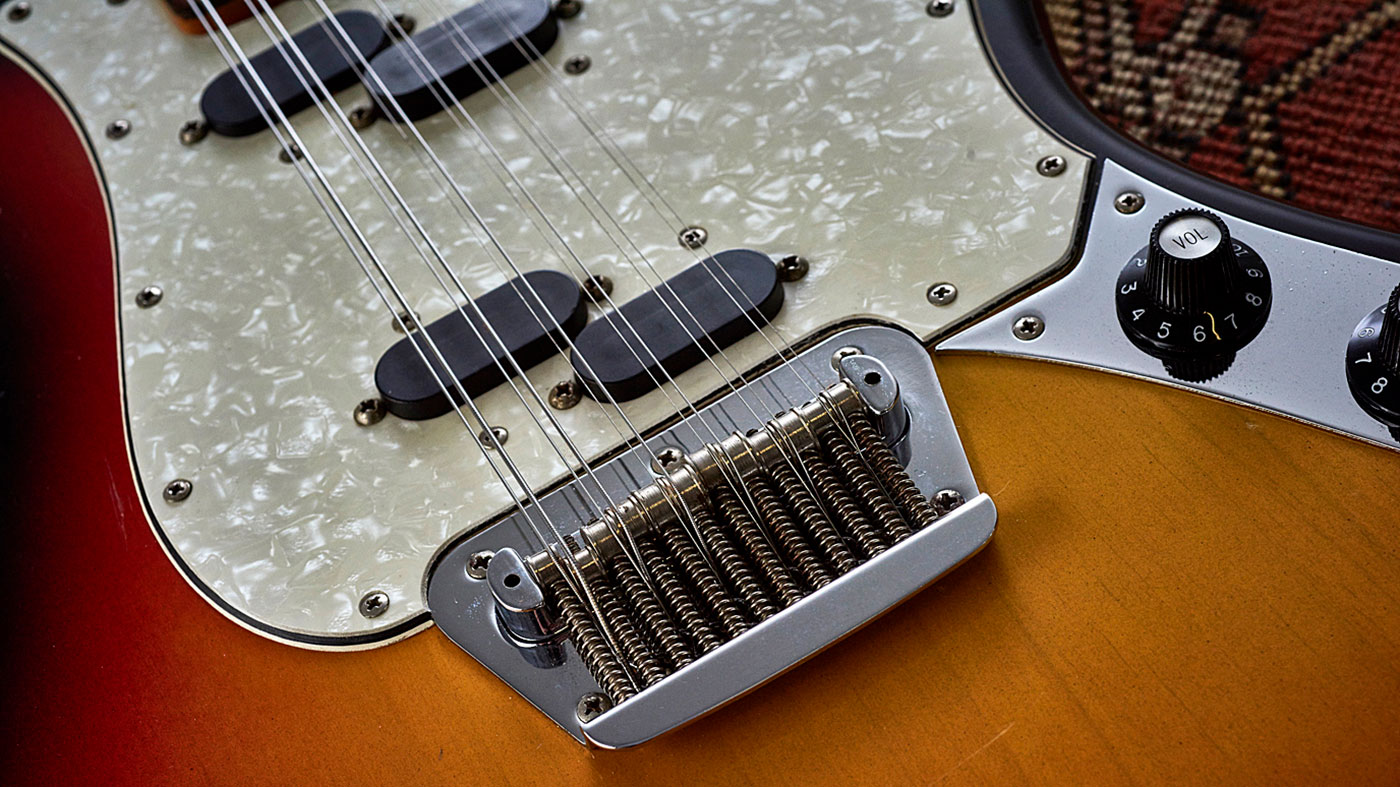
Failure to launch
Upon its release, and following Rickenbacker’s example, Fender wasted no time in getting their new instrument into the hands of some well-known and highly respected players with both The Beach Boys’ Carl Wilson and Bob Dylan being photographed with Electric XII guitars.
Jimmy Page used one to record arpeggio lines in the monumental Led Zeppelin studio recording of Stairway To Heaven
In one photograph, Carl Wilson is pictured holding a white prototype, while in other shots Bob Dylan can been seen playing a very early production model Electric XII (uncannily similar in appearance to our featured guitar) during 1965’s Highway 61 Revisited recording sessions.
Fender also managed to convince The Byrds’ Gene Clark to strap on a custom colour Firemist Gold prototype for the band’s second television appearance. However, despite some impressively savvy marketing campaigns by the company’s new owners, CBS, the Electric XII never flew with the guitar-buying public.
The late 60s saw an eventual decline in electric 12-string guitar sales in a rapidly shifting musical landscape. The Electric XII failed to become the smashing commercial success it was hoped to be, and was discontinued in 1969, with the leftover parts being used to make several hundred of the rare Fender Custom/Maverick models.
Nevertheless, the Fender XII later made its way onto some landmark recordings and managed to retain a small degree of popularity. Jimmy Page used one to record arpeggio lines in the monumental Led Zeppelin studio recording of Stairway To Heaven and for some parts on the song When The Levee Breaks.
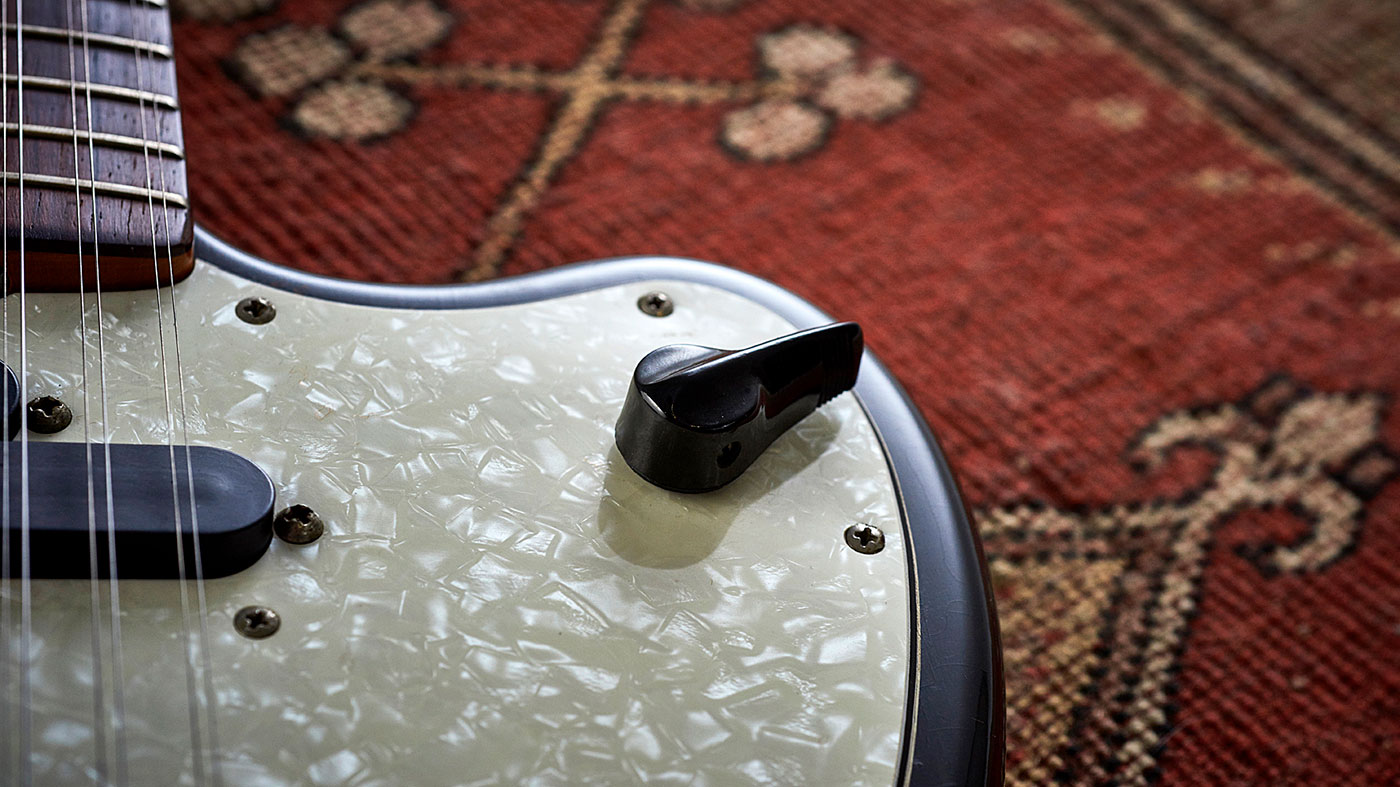
Collectible
The Electric XII’s decline was not for want of trying on Fender’s part. As limited a demand as there remains today for electric 12-strings, they are still considered to be one of the most useable and well-built guitars of their type available, with examples on the vintage market currently hovering around the £2,000 mark for a standard sunburst finish.
As is normally the case with other Fender models, custom colour guitars generally fetch a higher premium, although custom colour Electric XIIs were made in relative abundance, especially during the initial two years of production.
They are still considered to be one of the most useable and well-built guitars of their type available
Vintage guitar expert and restoration specialist Clive Brown has been working with Fender guitars for the last 30 years and is a world-renowned authority on finishes. He is often called upon to authenticate vintage guitars. Last year he viewed the stunning example featured on these pages, and was happy to talk to us about its points of interest and condition.
“Everything about the guitar is original,” says Clive. “It’s a very early model in very nice condition. It’s got the earlier pearloid ’guard and it was only the very first ones that had those on. It’s one of the earliest production Electric XIIs that’s come to light in recent years. There’s no neck date on the end of neck, but it’s not been sanded off. It’s not been re-finished. It is original, but either unintentionally or intentionally, it didn’t get stamped - that sometimes happened at the factory.
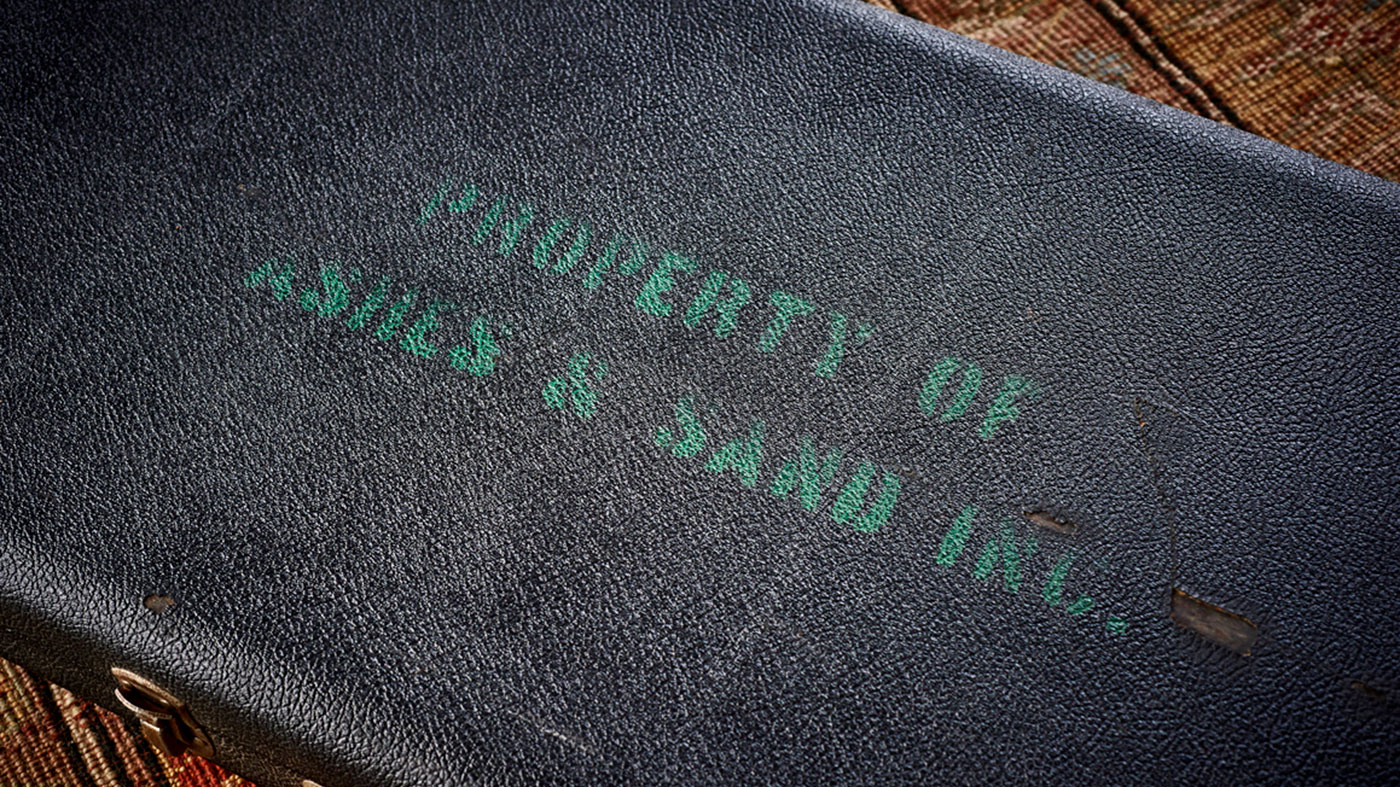
“There’s an extra screw-hole underneath the chrome control plate where it had originally been put on cock-eyed and either an owner or Fender later squared it up. It’s nothing other than a factory error originally.
“There’s a lot of myth and legend built up about vintage guitars, but it’s just a factory and the main thing was to get the product out of the door.”
Evidence suggests the guitar has spent most of its life in its case as the sunburst finish is still vibrant, with hardly any playing wear or UV discolouration as seen on many other vintage Fender guitars.
“Fender changed how they applied the sunburst finish over the years,” says Clive. “On the first ’54 Strats they started by putting a yellow base coat on - either dipped or brushed on - but stopped doing that and began spraying the yellow on instead. By the early 60s they went back to dipping them. By the time you get to 1966, they were giving the body a clear coat as a sealer and spraying yellow paint on again. But then there was a crossover period in 1965 when Fender were doing both an initial dipped coat of yellow, followed by a clear coat, then a yellow spray on top. After that the two colours would be sprayed on and a final nitro clear coat applied. Fender didn’t go fully poly’ until about 1974. Up until 1973 they were using polyester base coats with a nitrocellulose top coat.”
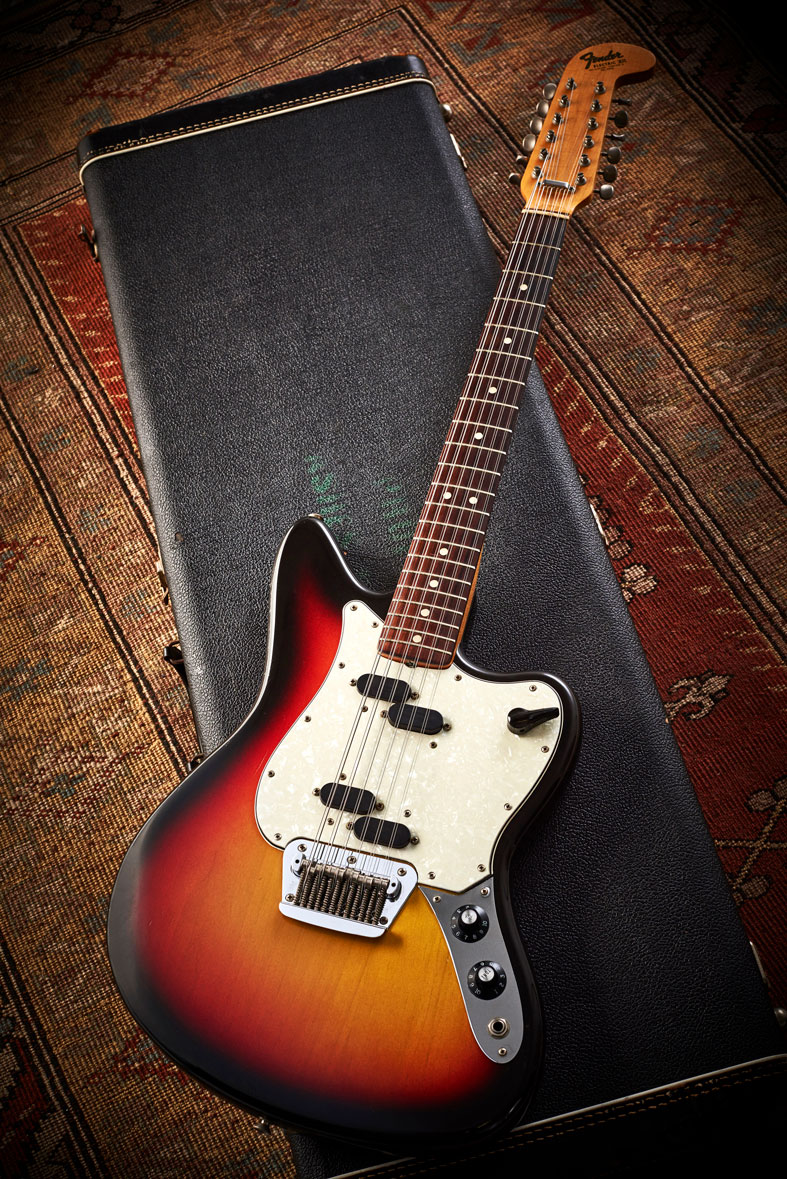
Rod Brakes is a music journalist with an expertise in guitars. Having spent many years at the coalface as a guitar dealer and tech, Rod's more recent work as a writer covering artists, industry pros and gear includes contributions for leading publications and websites such as Guitarist, Total Guitar, Guitar World, Guitar Player and MusicRadar in addition to specialist music books, blogs and social media. He is also a lifelong musician.
“To be honest, I feel like I am playing a high-end Gibson guitar”: Epiphone and Guitar Center team up for a colourful riff on a cult classic with the limited edition run Les Paul Custom Widow
“The humbuckers give it so much power and such a wide variety of tones while the destruct button really sets it apart from just about any other Tele”: Fender unveils the Mike Campbell “Red Dog” Telecaster












